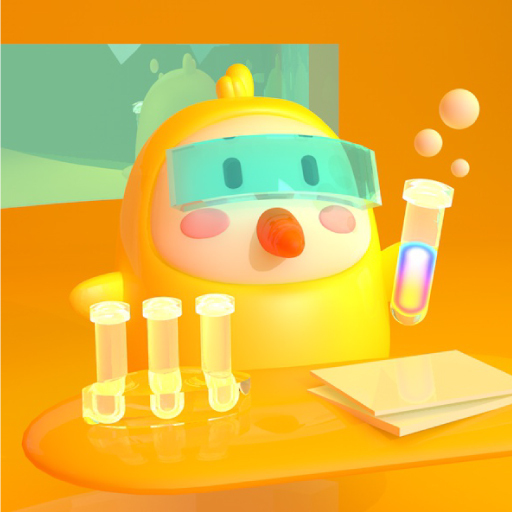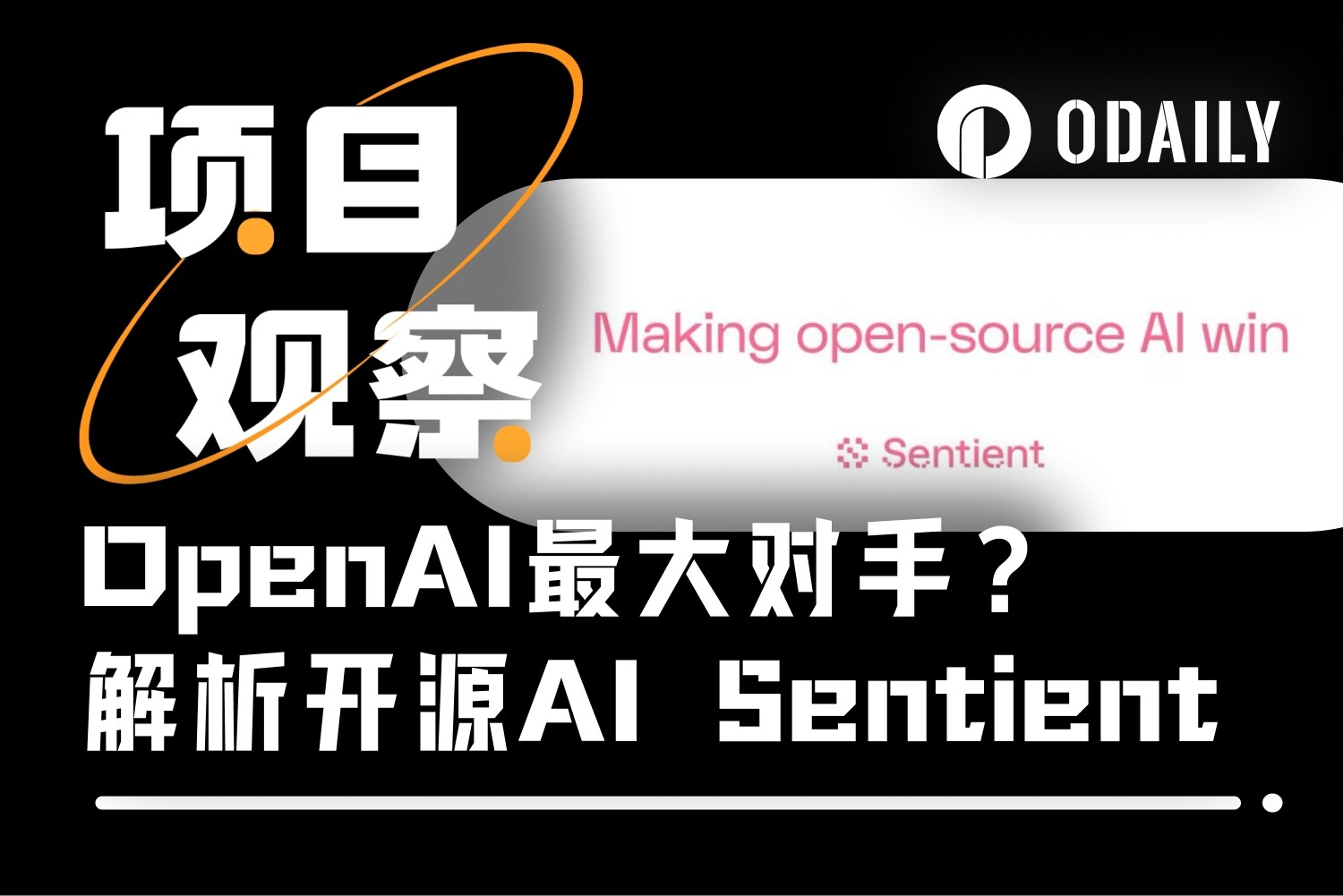Take stock of noteworthy projects in the FOCG full-chain game field
Original author: dt, DODOResearch
Full-chain games have always been the next major blockchain application that the crypto-native community has been waiting for. Unlike the popular GameFi, which is mainly financial, no other data except assets are uploaded to the chain. FOCG (Fully on-chain) game) pays more attention to gameplay and all the core logic and status of the game are deployed on the blockchain and are completely driven by the blockchain without any centralized server involved. Compared with traditional games, full-chain games can achieve higher openness, decentralization and durability.
The ultimate goal of full-chain games is to create a completely autonomous and open game world, also known as Autonomous Worlds. In this kind of world, games can exist permanently and do not rely on any centralized operator. All rule logic and participation are conducted and verified through the decentralized blockchain. At the same time, these autonomous game worlds can also seamlessly interoperate, and characters/assets from different games can also be used in another game, thus building a A truly open and connected game metaverse.
This week Dr.DODO will introduce to you some good projects in the field of FOCG full-chain games that have been developed for a long time and deserve your attention!
StarkNet Ecosystem
The L2 public chain Starknet, which has recently caused a lot of talk due to rumors of currency issuance, is quite suitable for the deployment of full-chain games in terms of technology and development. Its advantages can be divided into the following three:
High performance: StarkNet can compress a large amount of calculation and storage into a constant-sized proof through technical means such as recursive proofs and state transitions, greatly optimizing efficiency and enabling it to achieve transaction processing speeds of millions per second or even higher. , fully meeting the high-performance needs of full-chain games.
Fairness: Full-chain games require fair randomness, and StarkNet, which uses zero-knowledge proof technology, natively supports many games that require randomness such as drawing cards, rolling dice, etc. StarkNet has enabled Verifiable Random Function (VRF) technology after being upgraded to Cairo V1, which can realize verifiable random numbers to ensure the fairness of the game.
Coding efficiency: Compared with Solidity, which is most commonly used in traditional EVM public chains, StarkNets official language Cairo is more suitable for writing complex projects, with less code and higher execution efficiency, which reduces the complexity of full-chain game development and saves money. gas cost.
After introducing why StarkNet is suitable for full-chain games, let me introduce several projects developed in the StarkNet ecosystem:
Dojo:Dojo is an open source, StarkNet-oriented game engine and toolkit. The Cairo language is used to implement an efficient entity-component-system architecture, simplifying the game development process. At the same time, it natively supports zero-knowledge proof, ensuring randomness and data privacy. A number of games have been successfully launched, such as Influence, Loot Survivor, and Briq. wait. At present, the Dojo community is also continuing to expand functions. In the future, it plans to conduct research and development around L3 solutions, optimistic updates, client certification, etc.
Loot Realm: Driven by the Loot NFT community DAO, it is committed to creating an open, scalable, and eternal on-chain game world. Containing multiple sub-games, currently launched including the text adventure game Loot Survivor and the MMO full-chain game Realms: Eternum, Loot Realm represents the potential of full-chain games to achieve open sharing and autonomous operation.
Influence: Influence is a space-themed resource management and strategy game. Players can carry out infrastructure and economic activities in the asteroid belt. The game fully utilizes the high performance of StarkNet to realize the full chain of the economic system and the modeling of complex business logic. Influence is currently under active development and plans to launch multiple sub-games in phases.
Briq:Briq is an open on-chain creative space, known as the Lego of the blockchain world. Users can freely construct unique blockchain artworks by collecting and assembling different blocks. Briq demonstrates the possibility of full-chain games supporting user-generated content and metaspace.
MUD Redstone - LATTICE TEAM
Next, we will introduce: the full-chain game engine MUD and the second-layer public chain Redstone specially designed for full-chain games. Before we start, we must first introduce the development team behind it - Lattice. Lattice is the core team of the open source developer community 0x PARC. As early as 2020, it participated in the development of the first full-chain game Dark Forest. After Dark Forest, Lattice continued to delve into the full-chain game track. After developing multiple games, it became clear that there were many pain points in full-chain game development at that time, so it developed the full-chain game engine MUD.
The Lattice team claims that MUD is a game engine exclusive to FOCG, and the so-called game engine can actually be split into two parts, the smart contract application development framework + the on-chain relational database. It has a built-in efficient EVM database, supports automatic on-chain and off-chain status synchronization, and writes logic commonly used in many games into a framework, which greatly simplifies the development process. Developers can define data structures through configuration, and the MUD engine will automatically generate Solidity libraries. At present, more than 90% of EVM full-chain games are built based on MUD.
Source: https://github.com/latticexyz/mud
As the number of MUD-based games increases, the Lattice team also finds that the existing EVM public chain is difficult to support large-scale on-chain applications. So we independently developed the Redstone rollup solution. Redstone significantly reduces costs by only submitting data digests in Layer 1, and is specifically designed to optimize compatibility with MUD, making high-throughput full-chain games feasible.
Redstone represents a new generation of Layer 2 technology exploration for full-chain games. Its deep compatibility with MUD has greatly promoted the development of the entire ecosystem. Currently, the Redstone testnet is online, supporting multiple games including Sky Strife, and the mainnet is expected to It will be officially launched in Q1 2024.
Source: https://redstone.xyz/
Argus & Paima
In addition to the Dojo and Lattice teams, there are many teams that are developing full-chain game engines and full-chain game public chains. The Argus and Paima introduced next are the best among them.
Argus team members, like Lattice, also started to show their prominence in the Dark Forest developer community. Through the experience of Dark Forest, they understood the difficulties faced by FOCG developers at the current blockchain infrastructure level, so they founded Argus with the goal of creating blockchain-oriented games. Its high-performance infrastructure has also received tens of millions of dollars in financing from top venture capital firms such as 1kx, Polychain Capital and Dragonfly Capital. It currently has two main products:
World Engine:This is a Layer 2 solution for blockchain games independently developed by Argus. World Engine implements an innovative sharding mechanism that can scale horizontally to match the real-time load needs of the game. At the same time, it uses customized Game Shard to perform game state transitions, greatly improving execution performance.
Cardinal :This is a game sharding solution built on World Engine. Cardinal is developed using the Go language and implements an efficient entity-component-system architecture. It is highly compatible with mainstream game engines, allowing users to seamlessly connect with commercial game engines such as Unity and Unreal.
Another leader, Paima, is different from other teams that mainly focus on Ethereum or Ethereum L2. Paima focuses on Cardano and Milkomeda, and has received a million-dollar donation from the Cardano Foundation. Its main product, Paima Engine, is an area-oriented A universal development framework for blockchain games, it allows developers to deploy games directly within Paimas rollup, reducing the difficulty of game expansion. At the same time, a cross-chain mechanism is built in, so that the same game can be deployed on different public chains to achieve state synchronization between environments. In addition, Paima also provides automated intelligent game units through the Shinkai AI layer, which can be regarded as an open game operating system.
Authors opinion
The author believes that the concept of full-chain games is indeed attractive. The ultimate ideal Autonomous Worlds has a geek utopia feeling, but I am still doubtful whether FOCG can be the next tens of billions of dollars in the blockchain world.
Due to the design of FOCG on the whole chain, it is natural to sacrifice a lot of performance and smooth graphics, which are important indicators pursued by todays Web2 game manufacturers. Instead, it is more game-oriented and how to balance the financial issues of the in-game economy. The author believes that FOCG is fully Chain games can definitely attract a group of real users, but they cannot become a breakthrough for blockchain Mass Adoption.
The small and beautiful route is more suitable for this type of project. Therefore, community loyalty and stickiness will be a key indicator for exploring high-quality projects on the FOCG track. As for the overall blockchain world, the author is not optimistic about FOCG. Full-chain games will become the next wave of grand narratives where a hundred flowers bloom.



